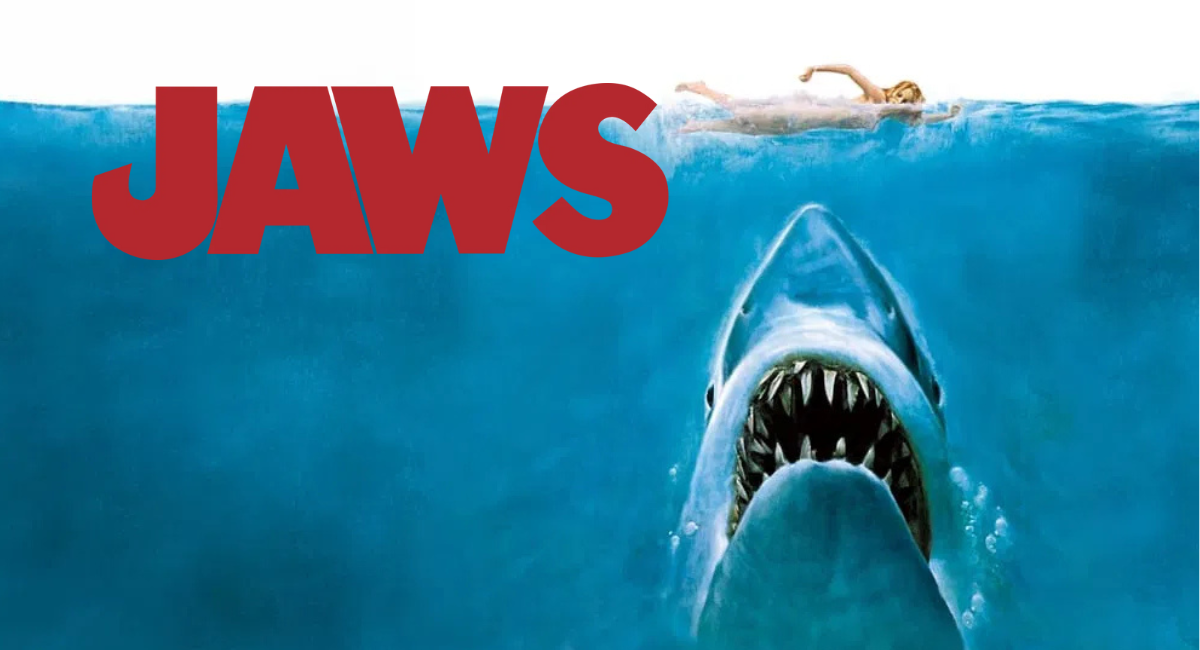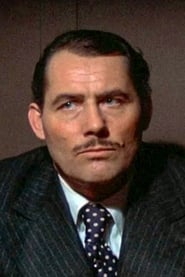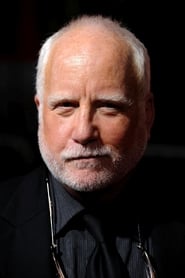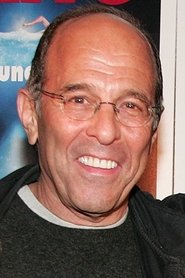Jaws: The Movie That Made Everyone Afraid of Paddling Pools
Before CGI, before jump scares were currency and before every horror film had to come with a marketing campaign involving ARGs and TikTok dances, there was Jaws. Released in 1975 and directed by a 26-year-old Steven Spielberg, this was the film that invented the modern summer blockbuster by making people associate the beach with violent dismemberment.
It’s a simple story, really: Shark eats tourist. Town ignores problem. Shark eats more tourists. Local men decide to play God with a fishing rod. Cue chaos, carnage and a theme tune that sounds like impending doom in audio form.
Table of Contents

Plot Summary: Come On In, The Water’s Full of Death
The plot of Jaws is basically “man vs. nature” with a side of institutional failure and casual alcoholism. After a young woman becomes shark sashimi just off the coast of Amity Island, Police Chief Martin Brody (Roy Scheider) wants to close the beaches. Unfortunately, the town mayor—who’s dressed like a deck chair and seems to value tourism dollars over human limbs—has other ideas.
Enter Matt Hooper (Richard Dreyfuss), a rich marine biologist with a beard that says “I studied at Harvard” and an attitude that says “I know everything and I’m going to be smug about it.” Then there’s Quint (Robert Shaw), a salt-encrusted professional shark hunter who probably smells like rum and trauma.
Together, they embark on a cheery ocean voyage to find and kill the Great White menace. Spoiler: it doesn’t go well for at least one of them.
Characters: Men, Sharks and the Thin Line Between Them
Chief Martin Brody
New to town, afraid of water and clearly the only sane person within a nautical mile. Brody is the voice of reason, which is, of course, ignored until people start dying like extras in a Final Destination film.
Matt Hooper
A sort of oceanic hipster scientist. He’s clever, condescending and deeply enthusiastic about measuring bite radius. Probably insufferable at dinner parties, but handy during shark-related emergencies.
Quint
A walking trauma response dressed as a sea captain. Robert Shaw’s monologue about the USS Indianapolis is haunting enough to make your bones shiver and might be the most powerful scene ever delivered by a man who probably reeks of chum.
The Shark (Unnamed, Unpaid, Underappreciated)
Not really seen until halfway through the film due to mechanical issues. Somehow, this made it scarier, because what’s more terrifying than an unseen, unstoppable force of nature? (Answer: a seen one that doesn’t work.)

Production: How to Make a Monster With $9 and a Prayer
The real horror of Jaws wasn’t just the shark—it was Bruce, the rubber beast named after Spielberg’s lawyer. Bruce barely worked. He sank, he broke, he jammed and yet his unreliability birthed cinematic genius.
The decision to hide the shark for most of the film? Not artistic flair, technical failure. But as it turns out, what you don’t see is far more disturbing. That fin slicing through water accompanied by John Williams’ now-legendary two-note score is enough to make your bladder reconsider its options.
Themes: Bureaucracy, Blood and the Beach
Beneath the shark attacks, Jaws is a biting satire on institutional incompetence and human arrogance. Brody wants to save lives, but capitalism wants beach towels and frozen margaritas. The mayor literally lets people swim in blood-infested waters. It’s a miracle they didn’t install a gift shop on the corpse.
The film also touches on man vs. nature, toxic masculinity and the existential dread that comes from realising the ocean doesn’t care about you, your feelings, or your overpriced yacht.
Oscar Wins & Legacy: A Shark-Sized Cultural Tsunami
Jaws won three Oscars (Editing, Score and Sound), but lost Best Picture to One Flew Over the Cuckoo’s Nest. Apparently, eating people isn’t as emotionally nuanced as electroshock therapy.
Still, it changed Hollywood forever. This was the film that invented the blockbuster, redefined suspense and ensured that every shark documentary would forever include the phrase, “Not all sharks are dangerous, but…”
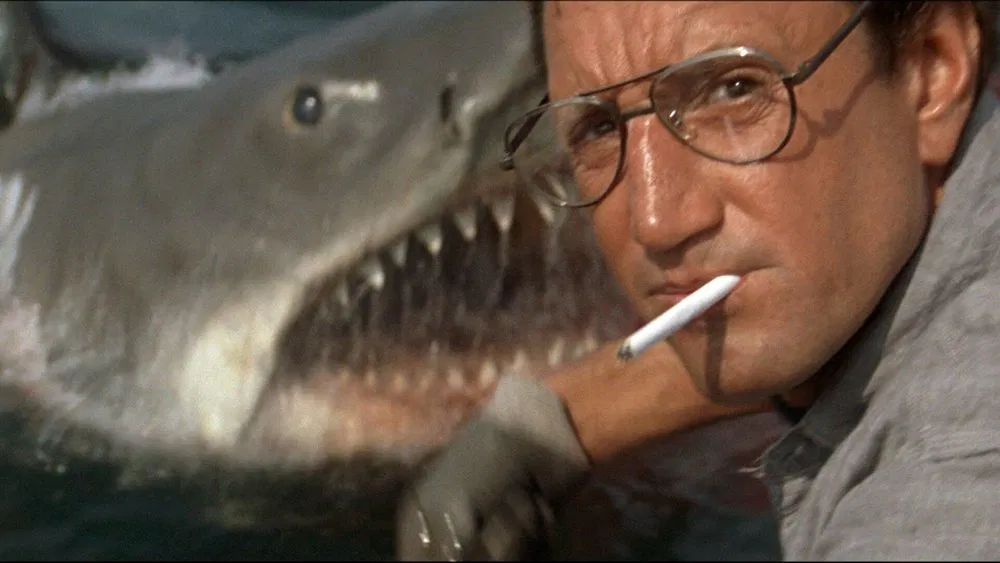
Cultural Impact: Sharks Have Lawyers Now
After Jaws, beach attendance dropped, shark paranoia skyrocketed and sharks became pop culture villains. Never mind that sharks kill fewer people per year than vending machines, try putting a vending machine in a horror movie and see how fast audiences run.
The real tragedy? Actual sharks are now endangered, thanks in part to a film that made them the aquatic equivalent of Michael Myers. That’s right—Spielberg made people afraid of sharks and sharks haven’t forgiven us since.
Fun Facts: Useless Knowledge You’ll Force Into Conversations
- The line “You’re gonna need a bigger boat” was improvised, which is appropriate because the boat was, in fact, too small.
- The mechanical shark had to be rebuilt so often it cost more than an actual small yacht.
- John Williams’ theme was dismissed by Spielberg at first as a joke. Joke’s on him—it’s now iconic musical shorthand for impending doom.
My Final Thoughts: Don’t Go In the Water
Jaws isn’t just a film. It’s a slow-burn masterclass in suspense, a critique of human idiocy and a cautionary tale about ignoring experts. It made Steven Spielberg a household name and made sharks the most unfairly hated animals on the planet.
If you’ve never seen it—congratulations, you’ve somehow avoided one of the greatest American thrillers ever made. Fix that immediately. And if you have seen it, you’ve probably still got that theme stuck in your head right now.
Duuuun dun… duuuuun dun…
Terrifying, brilliant and depressingly relevant in an era where people still ignore science until someone dies. Classic cinema with real bite.

If You Like Jaws, I Recommend These Movies:
- The Shining: Cabin Fever With an Axe and a Child Psychic
- Psycho (1960): When Showering Was Cancelled
- Alien: Jaws in Space and 100% More Chestbursters

Jaws
Brody
Quint
Hooper
Ellen Brody
Vaughn
Meadows
Hendricks
Chrissie



